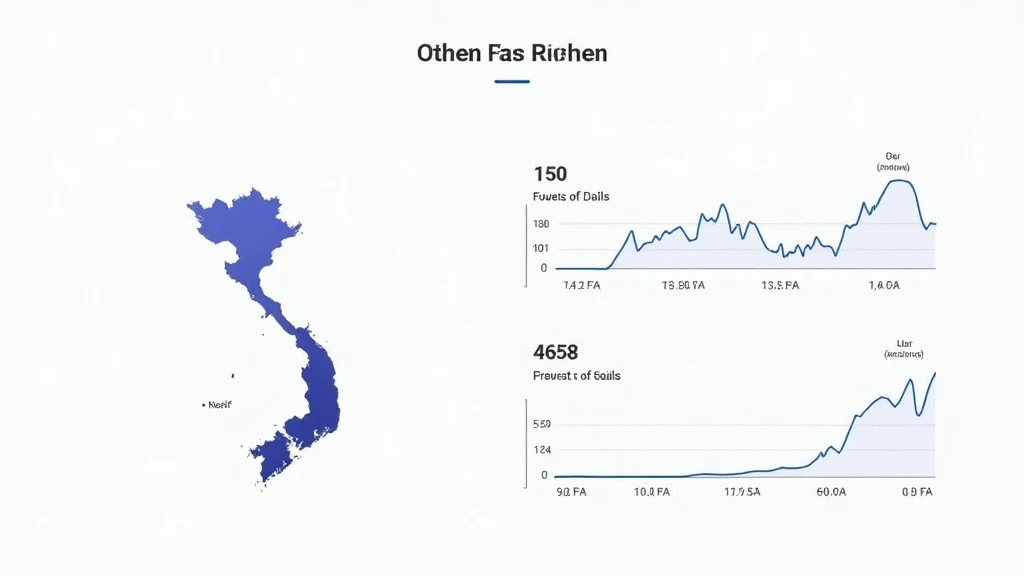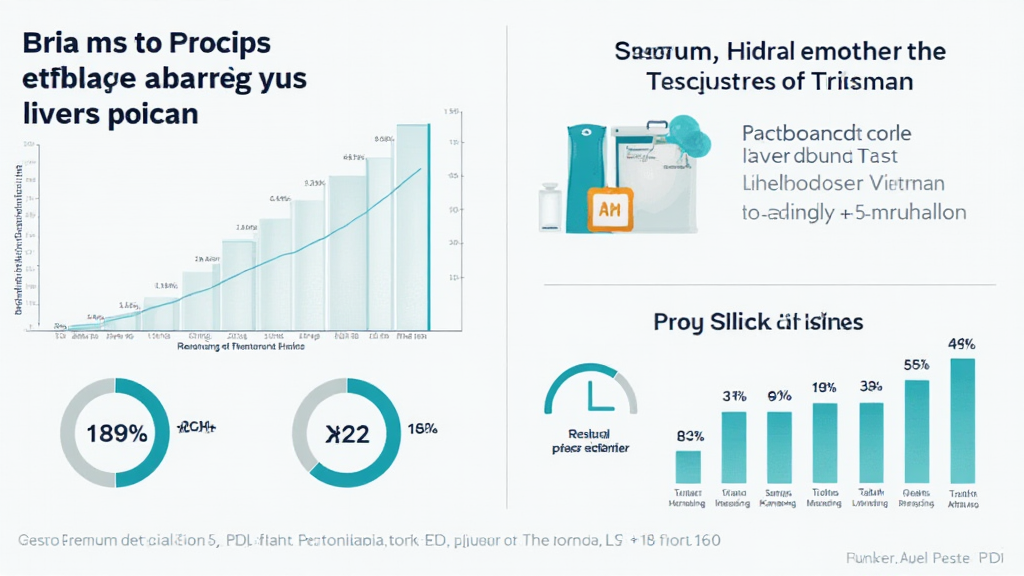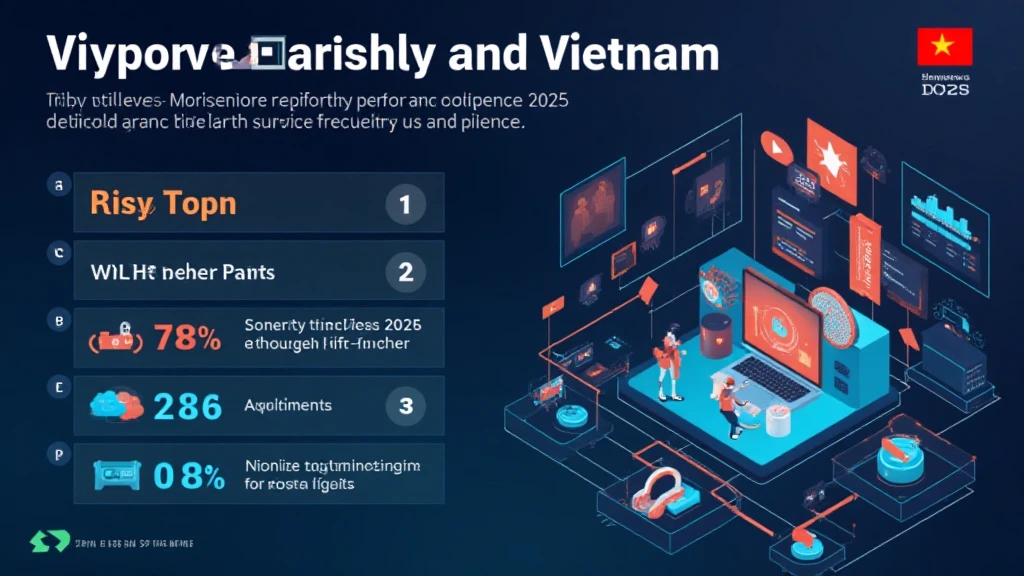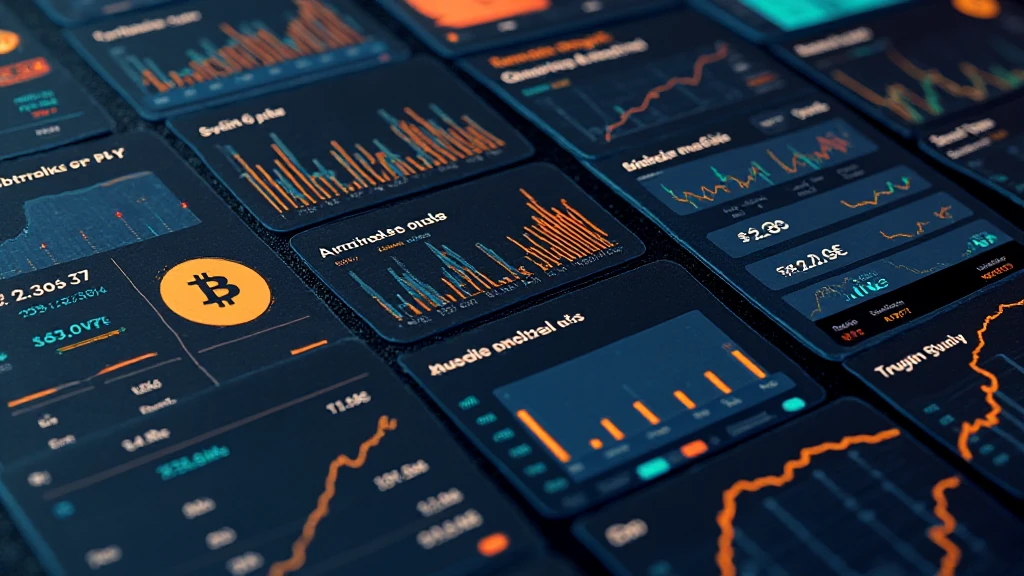Introduction
In a rapidly evolving digital landscape, understanding the costs associated with blockchain transactions has never been more crucial. With Vietnam experiencing a staggering growth rate of 30% in cryptocurrency adoption in recent years, it’s essential to address the intricacies of Ethereum gas fees in this burgeoning market. The question arises: How do these fees impact Vietnamese users, and what can they do to minimize costs?
What are Ethereum Gas Fees?
Gas fees are payments made by users to compensate for the computing energy required to process transactions on the Ethereum blockchain. To put it simply, think of gas fees as a transaction fee charged by miners for confirming transactions. Without these fees, miners would have no incentive to process transactions. In Vietnam, where blockchain technology is gaining traction, understanding gas fees becomes essential for users wishing to navigate the Ethereum ecosystem.
The Structure of Gas Fees
- Base Fee: The minimum gas price required for a transaction to be included in a block.
- Tip: Optional additional payment to incentivize miners to prioritize a transaction.
- Limit: The maximum amount of gas that a user is willing to spend on a transaction.
The Impact of Gas Fees on Vietnamese Ethereum Users
As the popularity of Ethereum grows in Vietnam, so does the scrutiny over Ethereum gas fees. With high transaction volumes, users often face fluctuating fees due to network congestion. This volatility can be daunting, especially for newcomers to the crypto space.

How Gas Fees Affect Transactions
The Ethereum network experiences peak times where gas fees surge, making transactions cost-prohibitive for many users. During the crypto boom, for example, users reported gas fees as high as $80 per transaction!
In Vietnam, the burgeoning interest in decentralized finance (DeFi) applications exacerbates this issue. The rise of applications like Uniswap or Aave necessitates constant transactions which can quickly accumulate gas fees. Hence, understanding the nuances of gas fees becomes vital.
Ways to Reduce Gas Fees
- Utilize Layer 2 solutions such as Polygon or Optimism, which offer lower fees.
- Monitor gas prices using tools like Etherscan or EthGasStation to choose optimal times for transactions.
- Batch transactions when possible to save on cumulative gas costs.
The Future of Ethereum Gas Fees in Vietnam
Looking ahead, the Ethereum network is undergoing significant upgrades, namely Ethereum 2.0, aimed at reducing gas fees and improving scalability. For Vietnamese users, this presents an exciting prospect, especially given the rising interest in tiêu chuẩn an ninh blockchain (blockchain security standards).
Trends to Watch
- Adoption of Ethereum 2.0: As the transition progresses, gas fees are expected to stabilize.
- Increased use of DeFi and NFTs: These areas are expected to drive demand but may also lead to fluctuating fees.
- Growth of the Vietnamese blockchain community: With more users and developers entering the space, the demand for resources and knowledge will expand.
Conclusion
In conclusion, understanding Ethereum gas fees is critical for participants in the Vietnamese market. As the crypto landscape continues to evolve, being informed about transaction costs will empower users to make better financial decisions. So, whether you’re a seasoned investor or a novice, embracing knowledge about gas fees will help you navigate the complex world of Ethereum more effectively.
For more insights on cryptocurrency in Vietnam, visit our crypto platform.





